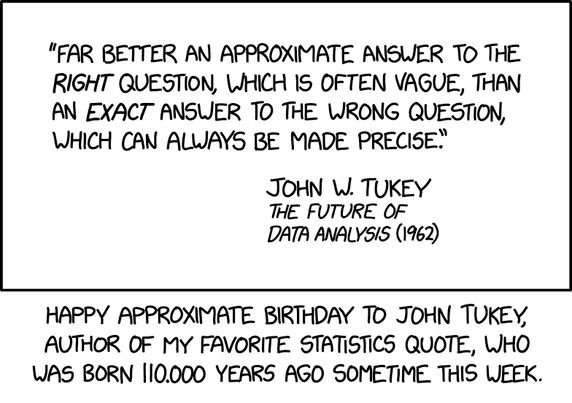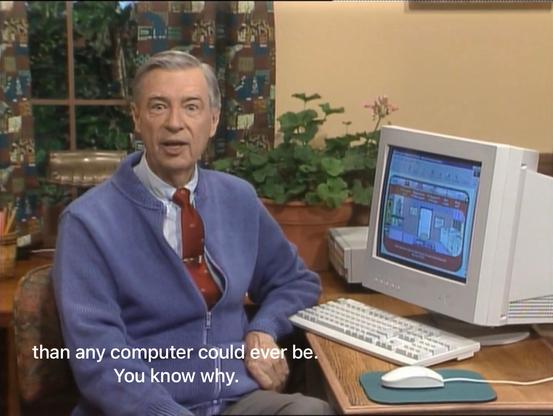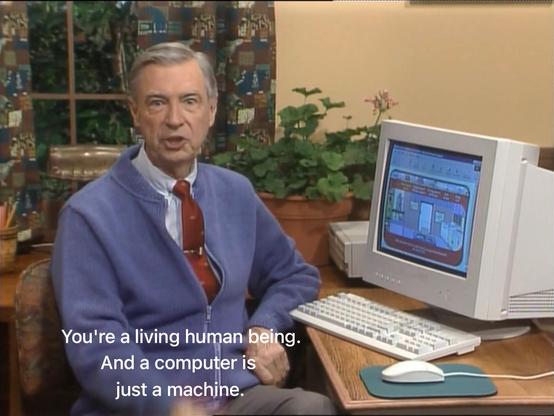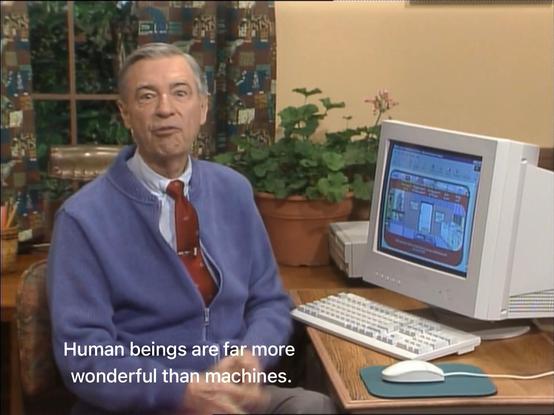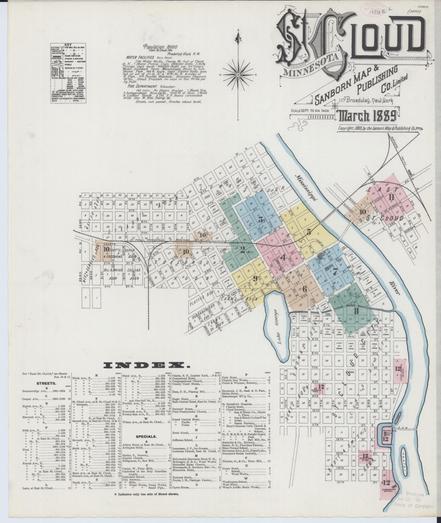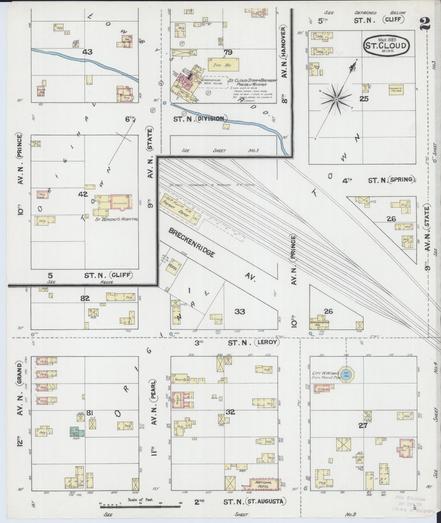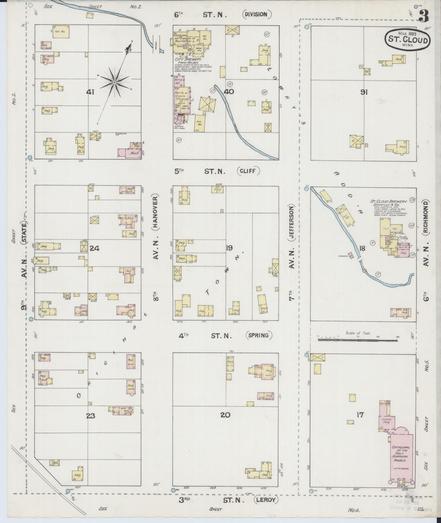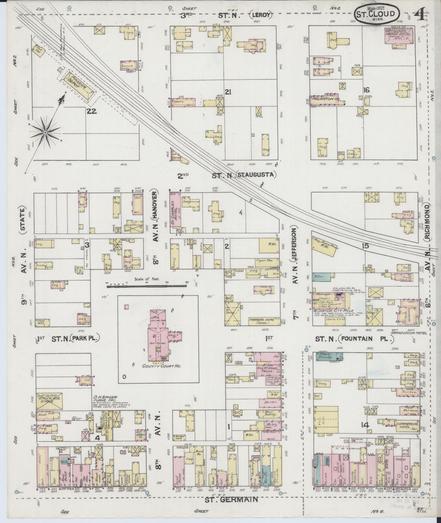| website | www.amelia.mn |
| GitHub | github.com/ameliamn |
| Pronouns | she/her/hers |
Amelia McNamara
- 2.4K Followers
- 403 Following
- 512 Posts

Bridging the Gap Between Tools for Learning and for Doing Statistics
Author(s): McNamara, Amelia Ahlers | Advisor(s): Gould, Robert L; Paik Schoenberg, Frederick R | Abstract: Computers have changed the way we think about data and data analysis. While statistical programming tools have attempted to keep pace with these developments, there is room for improvement in interactivity, randomization methods, and reproducible research.In addition, as in many disciplines, statistical novices tend to have a reduced experience of the true practice. This dissertation discusses the gap between tools for teaching statistics (like TinkerPlots, Fathom, and web applets) and tools for doing statistics (like SAS, SPSS, or R). We posit this gap should not exist, and provide some suggestions for bridging it. Methods for this bridge can be curricular or technological, although this work focuses primarily on the technological.We provide a list of attributes for a modern data analysis tool to support novices through the entire learning-to-doing trajectory. These attributes include easy entry for novice users, data as a first-order persistent object, support for a cycle of exploratory and confirmatory analysis, flexible plot creation, support for randomization throughout, interactivity at every level, inherent visual documentation, simple support for narrative, publishing, and reproducibility, and flexibility to build extensions.While this ideal data analysis tool is still a few years in the future, we describe several projects attempting to close the gap between tools for learning and tools for doing statistics. One is curricular, a high school level Introduction to Data Science curriculum. Others are technological, like the experimental LivelyR interface for interactive analysis, the MobilizeSimple R package, and Shiny microworlds.Much of this work was inspired by Biehler (1997), which describes the attributes necessary for a software package for learning statistics. Biehler’s vision has largely come to light, but advancements in computing and ‘data science’ have moved the goalposts, and there is more to learning statistics than before. This work envisions a tool not only encompassing these advancements, but providing an extensible system capable of growing with the times.
One of the worst parts about my institution is the culture of wide-eyed obsequence to AI. Our provost, VPs, deans, and many faculty are extremely pro-AI.
As an example, see this "Tommie Expert" piece about the use of facial recognition in criminal investigations: https://news.stthomas.edu/tommie-expert-why-facial-recognition-deserves-a-role-in-criminal-investigations/
I hate being associated with an institution that is so publicly pro-AI. I have spoken to upper administration about this, and they are very committed to continuing as a "AI leader" or whatever.
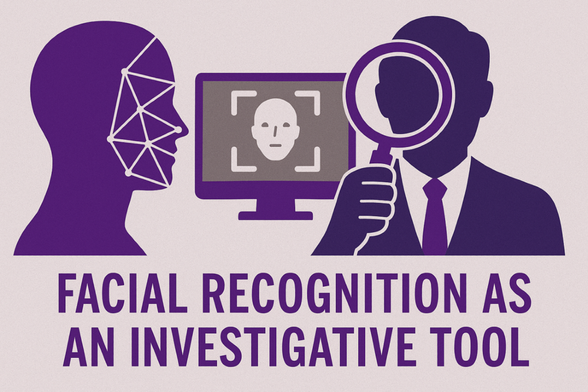
Tommie Expert: Why Facial Recognition Deserves a Role in Criminal Investigations - Newsroom | University of St. Thomas
As our justice system navigates advancing technology, we face a critical question: How should we incorporate facial recognition technology into our legal proceedings? Minnesota courts are currently contending with the admissibility of facial recognition as evidence. It is time to consider its role, not as a smoking gun, but as a valuable investigative tool. What…
If you want to do something to help, continue (or start!) masking in indoor public spaces.
Of course we would love better indoor air quality regulations, and more research into the condition. In the US, those things are not going to happen for a while. Masking protects you and your community! Many viruses can trigger ME/CFS, although covid is the most common trigger these days.
#mecfs #MECFSAwarenessDay #myalgicencephalomyelitis #LongCovid

Post-Viral Epidemiology (LONG COVID) with Dr. Wes Ely — alie ward
Part 1: What is Long Covid? Is it real? What does it feel like? Do you have it? And how do you cure it? With fatigue and brain fog, you don’t want to spend hours scrolling through conflicting opinions. So we’ve got you covered with the wonderful and highly-respected pulmonologist and intensive care
Today marks 6 months that my younger sibling has been completely bedridden from long covid. They can't sit up, listen to music, look at screens, handle much spoken conversation, and much more.
Covid rates are down, but the pandemic is very much not over. Protect yourself and your community-- mask!
